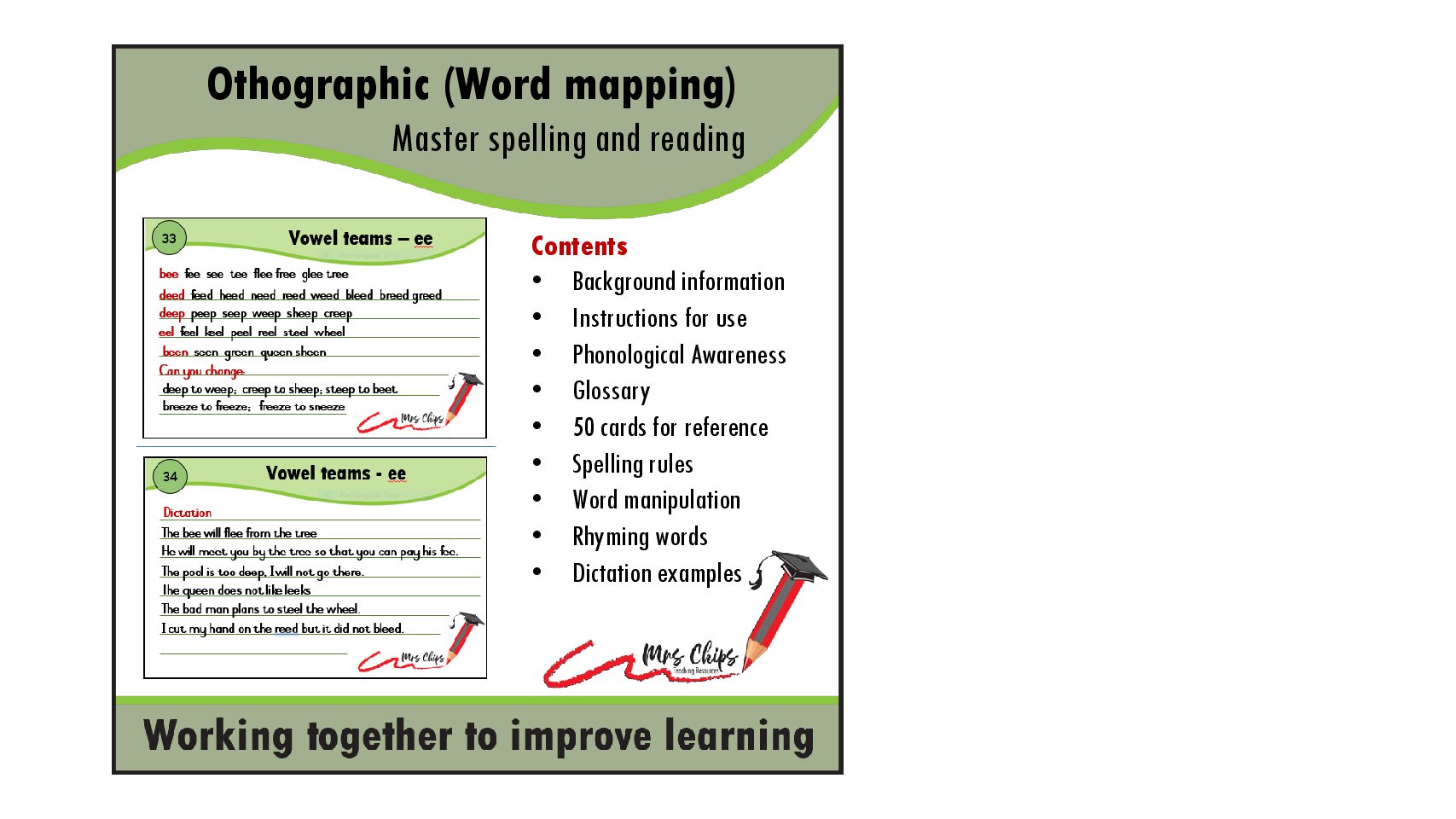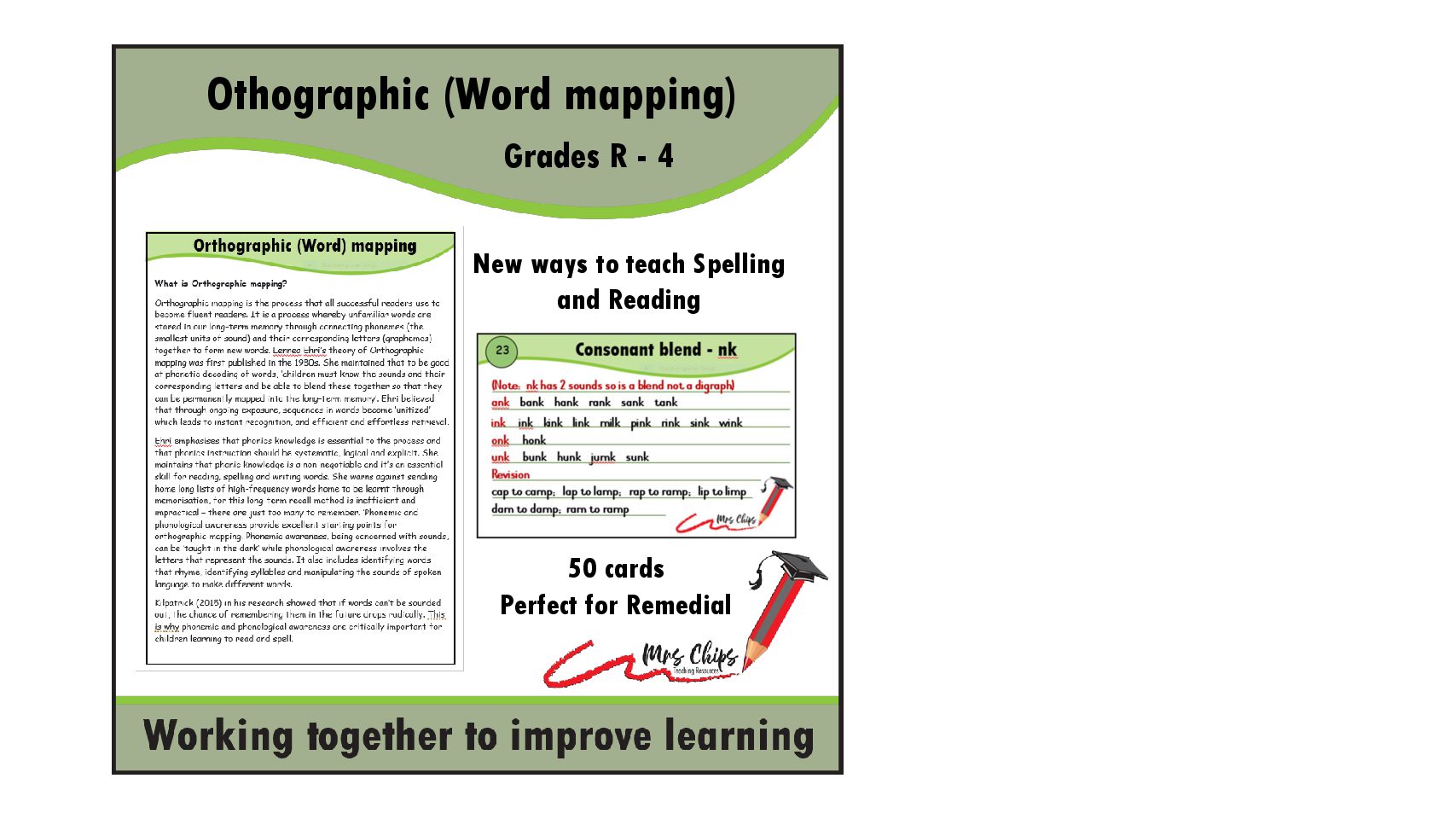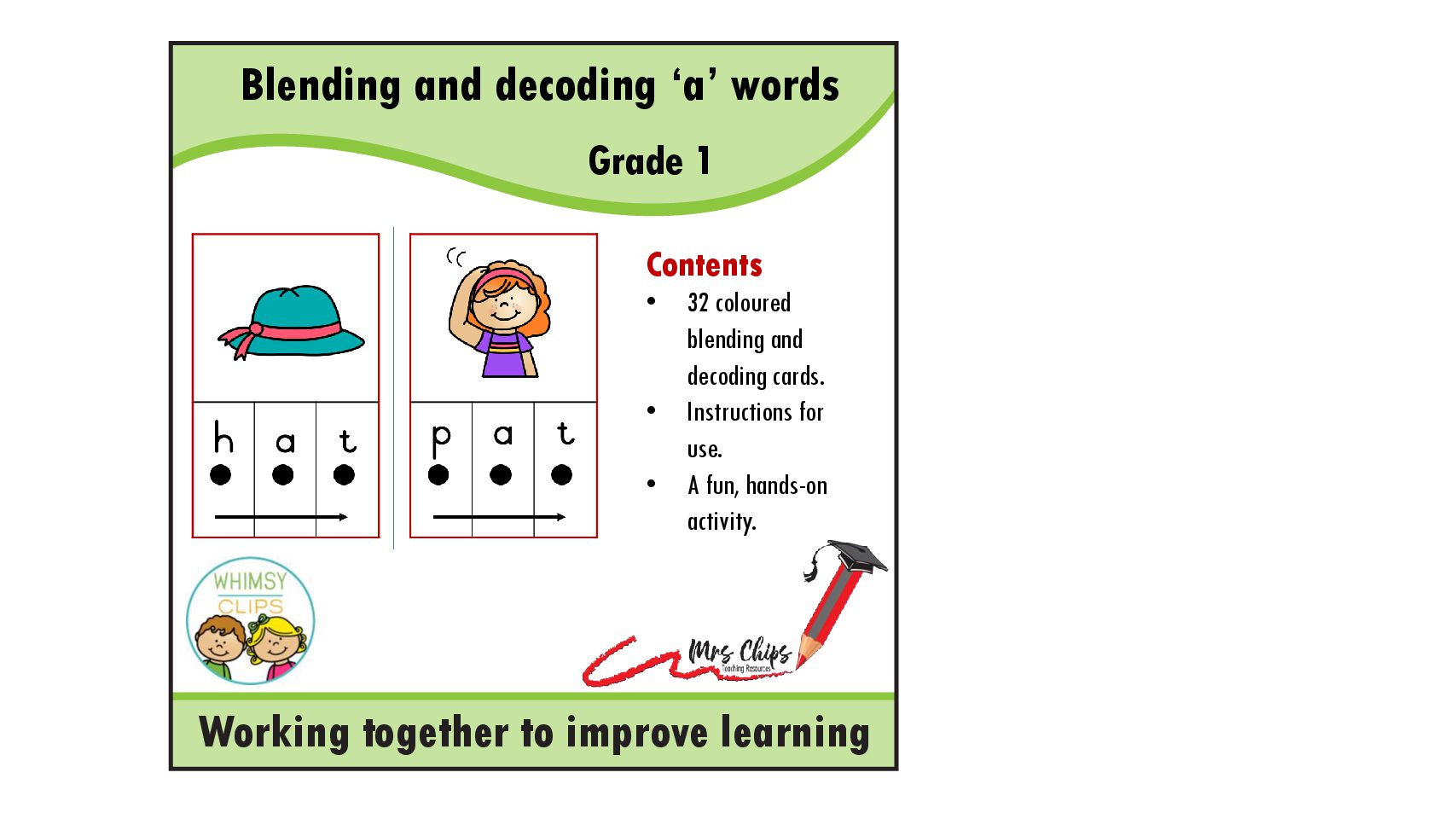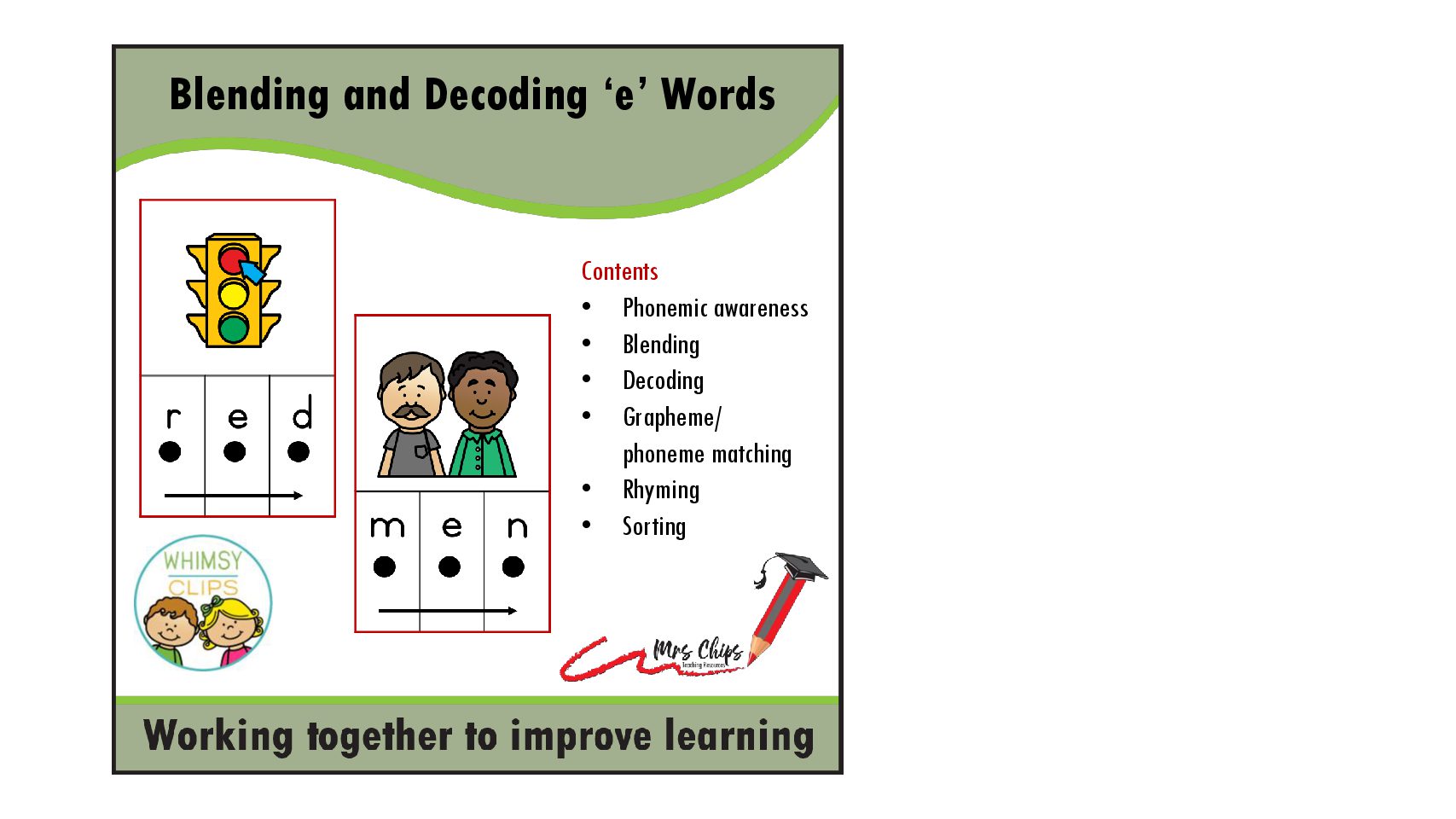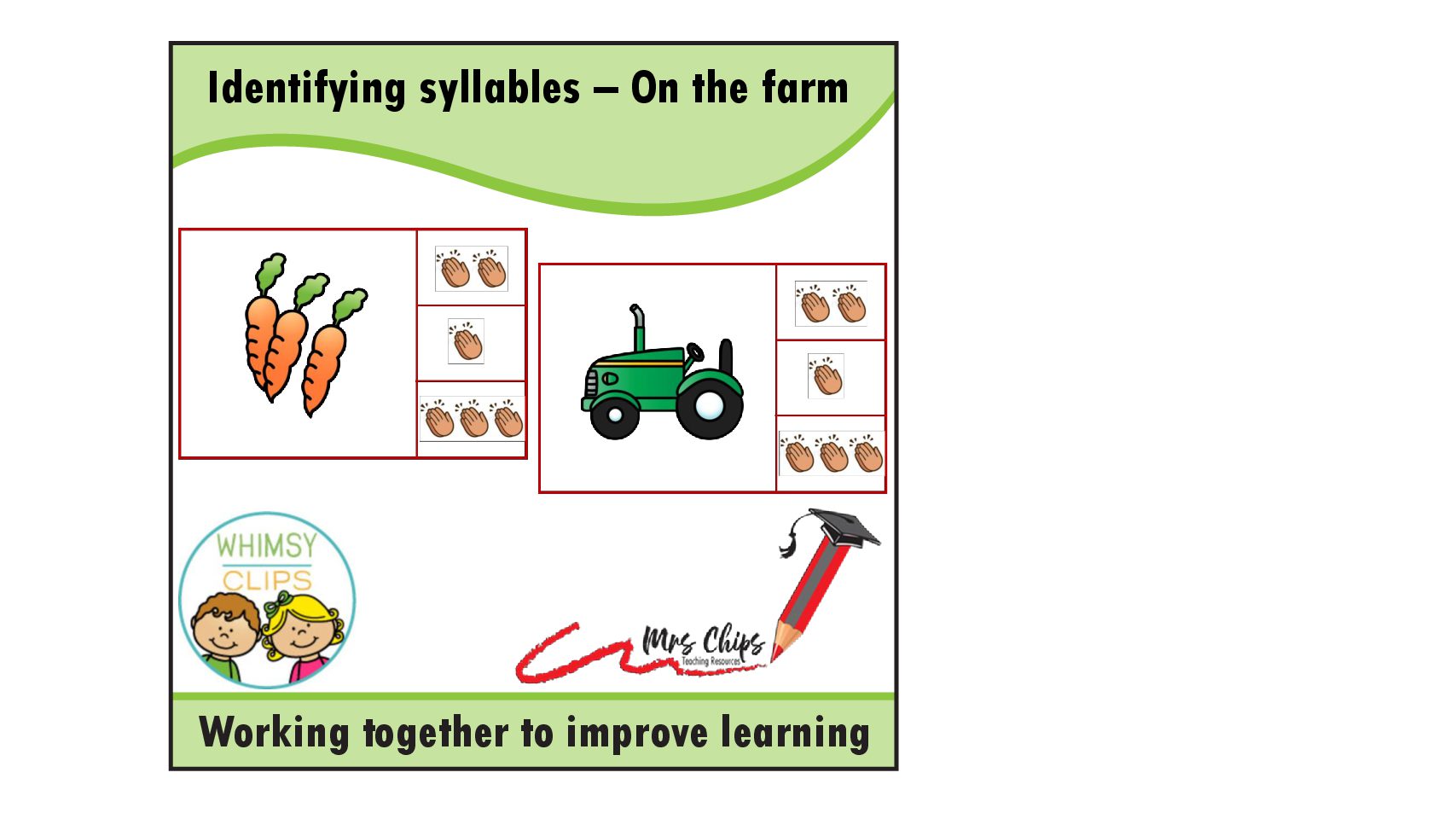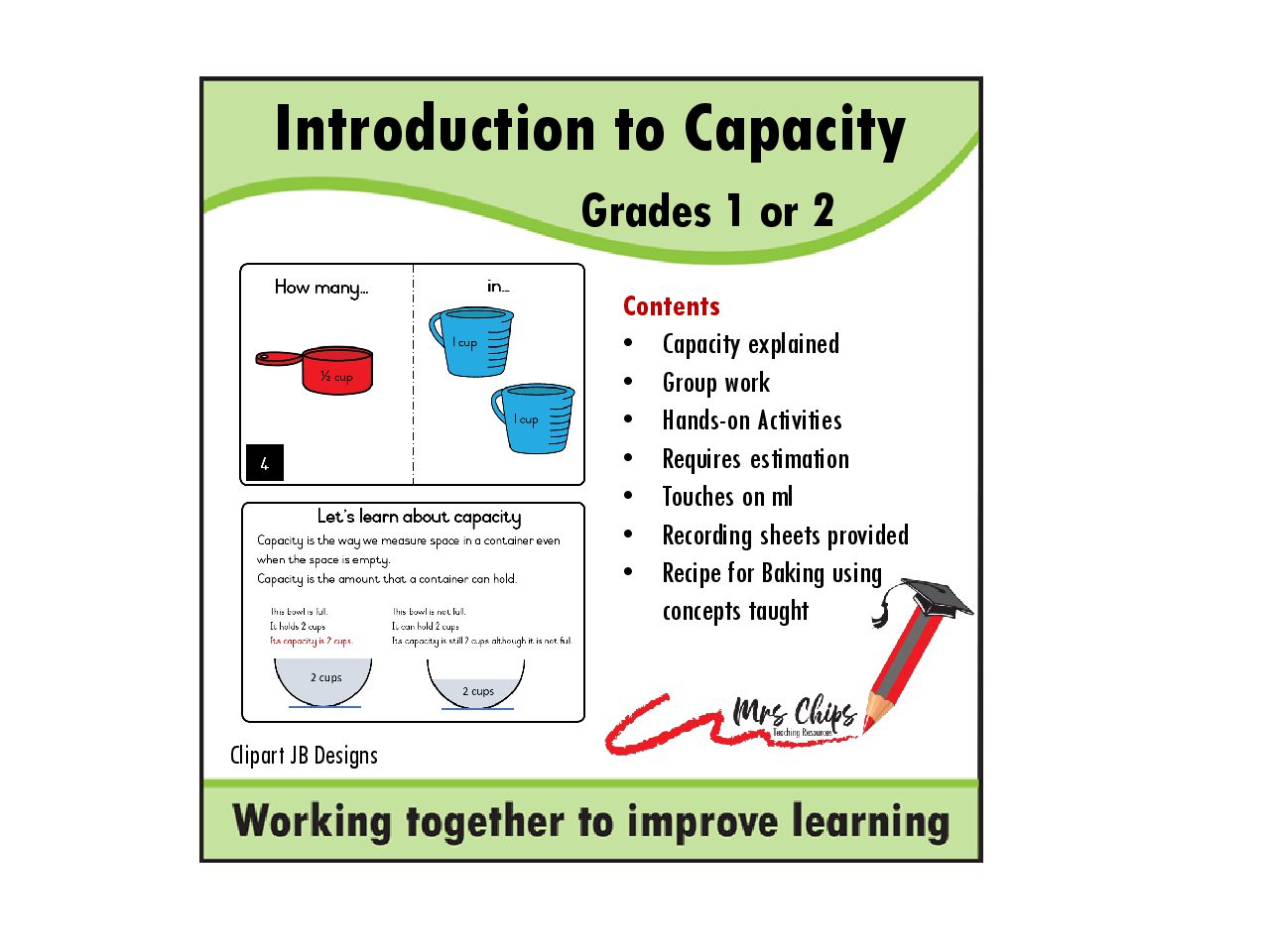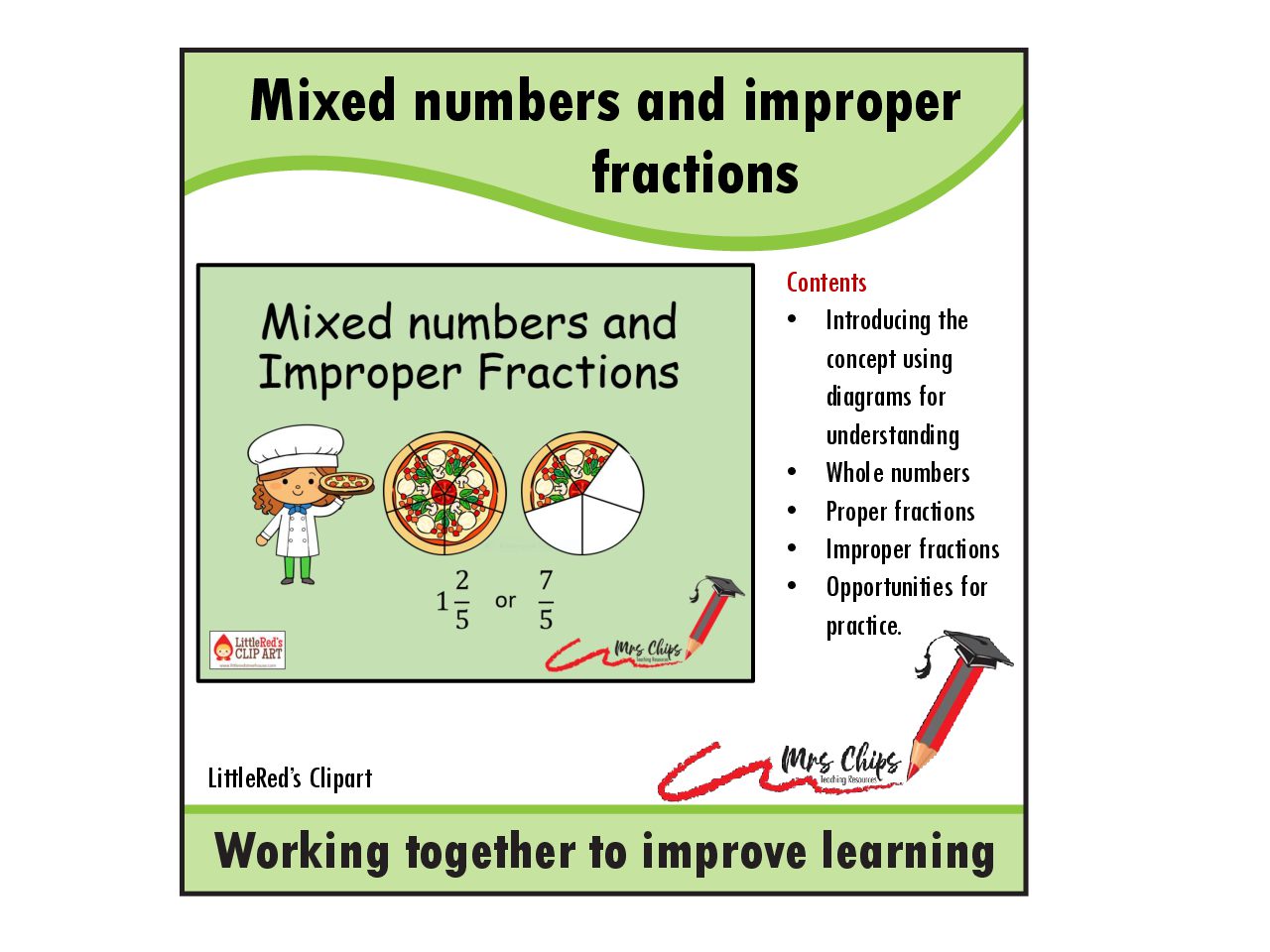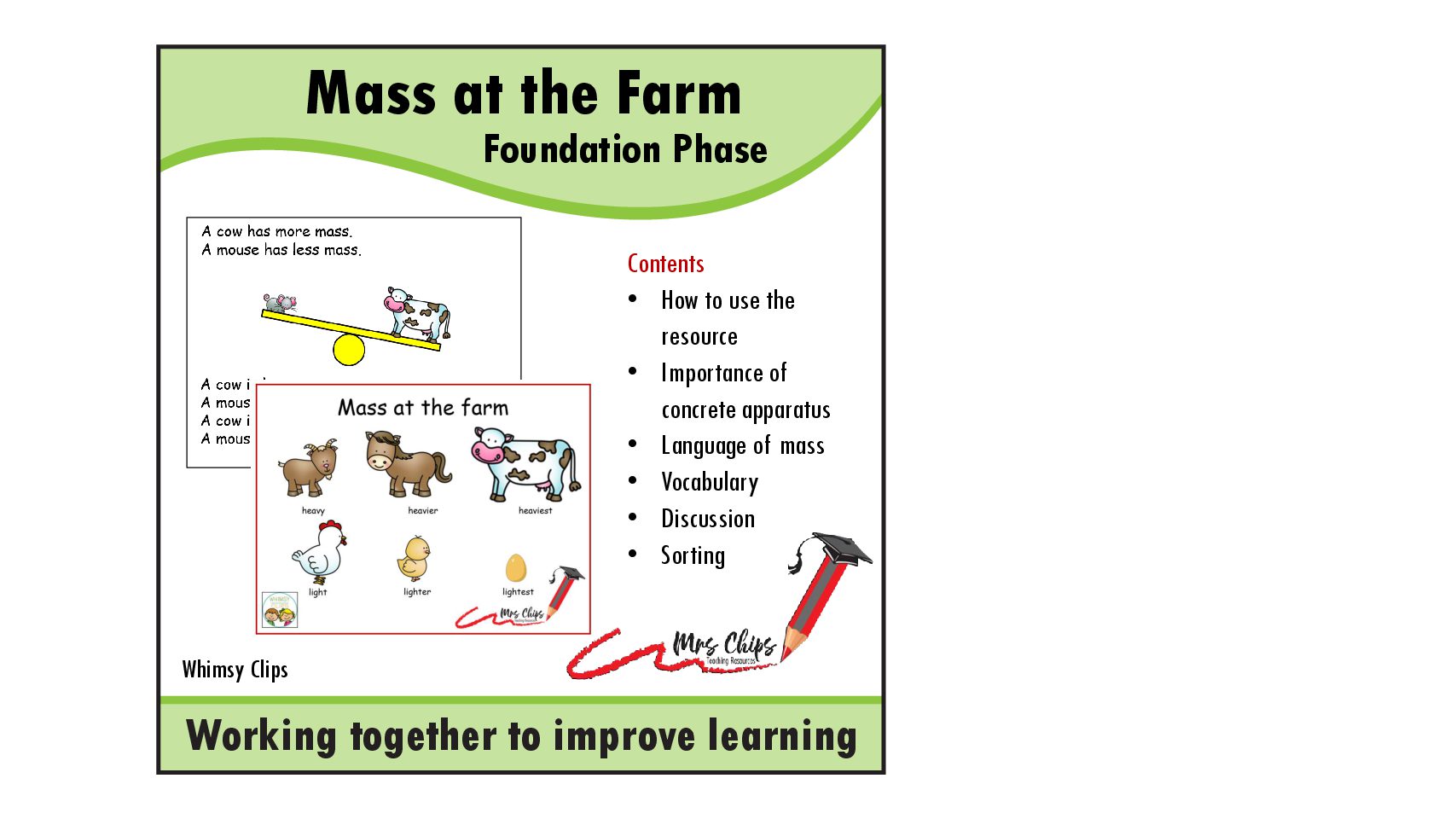Word Mapping – New Ways to Teach Reading
R115.00
Resource Description
Word (or orthographic) mapping is the process that all successful readers use to become fluent readers. It is a process whereby unfamiliar words are stored in our long-term memory through connecting phonemes (the smallest units of sound) and their corresponding letters (graphemes) together to form new words. The theory, first published in 1980 by Lennea Ehri, the principle maintains that to be good at phonetic decoding of words, ‘children must know the sounds and their corresponding letters and be able to blend these together so that they can be permanently mapped into the long-term memory’. Ehri believed that through ongoing exposure, sequences in words become ‘unitized’ which leads to instant recognition, and efficient and effortless retrieval. This is an essential skill for children learning to read for without being able to decode unkown words, comprehension and fluency will be lost. This resource includes 50 Blending Line cards, instructions, methodology, glossary and a video. It is an ideal resource for children who are struggling with reading and can be used in the classroom or remedial setting.



 KES(KSh)
KES(KSh) USD($)
USD($) GBP(£)
GBP(£) GHS(₵)
GHS(₵) NGN(₦)
NGN(₦) MUR(₨)
MUR(₨) BWP(P)
BWP(P) AUD($)
AUD($) TZS(Sh)
TZS(Sh) INR(₹)
INR(₹) PHP(₱)
PHP(₱) AED(د.إ)
AED(د.إ)